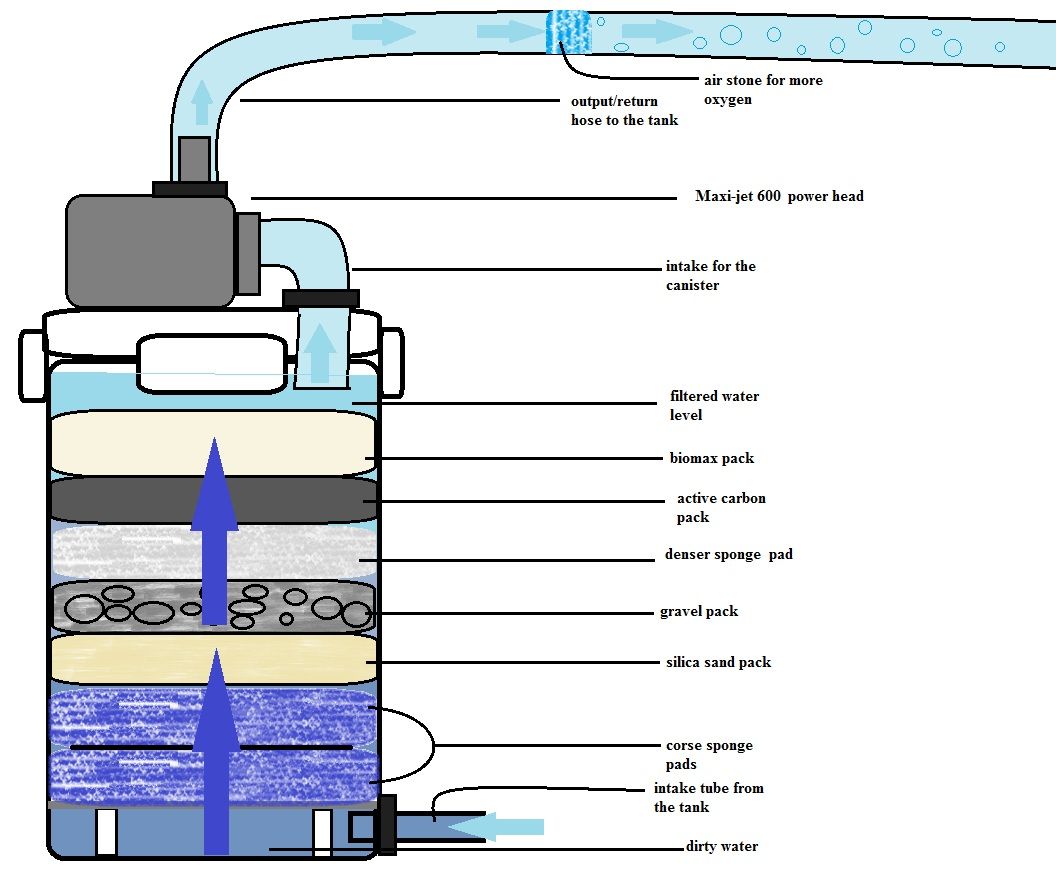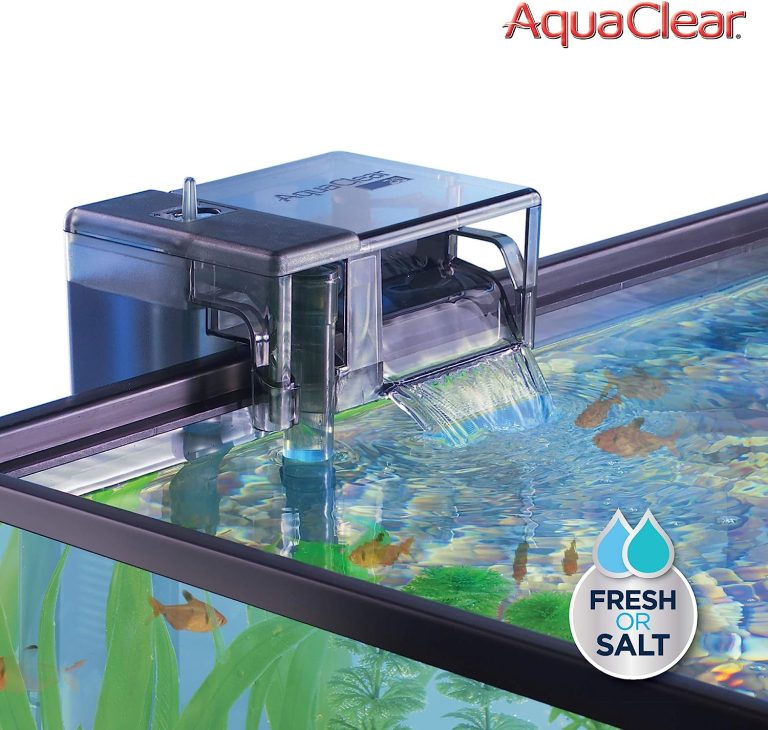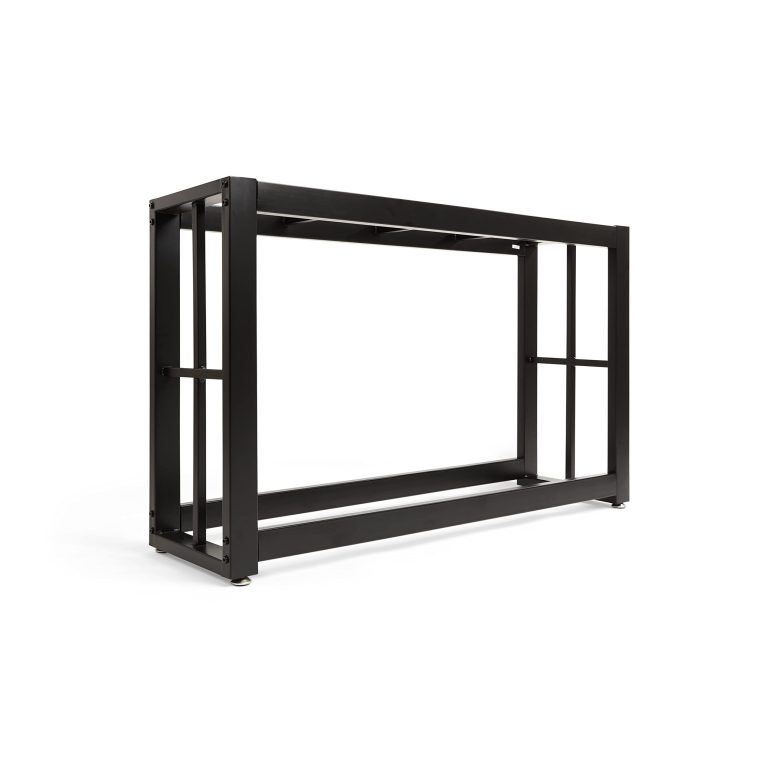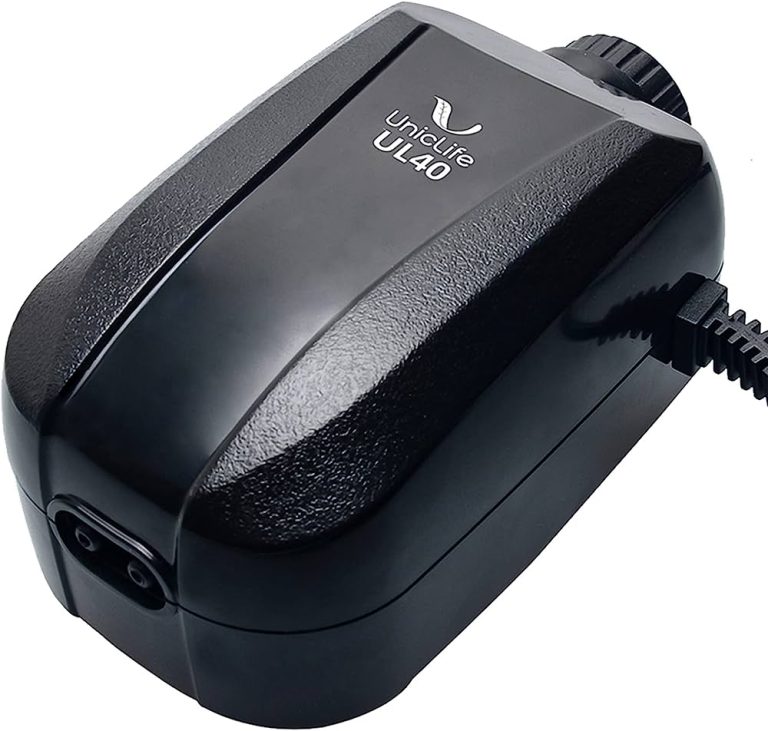How Does A Fish Tank Filter Pump Work
Have you ever wondered how a fish tank filter pump works? Fish tanks require clean and well-filtered water to ensure the health and well-being of the fish living in them. A filter pump plays a crucial role in maintaining the water quality by removing impurities and keeping the tank environment balanced. In this article, we will take an in-depth look at how a fish tank filter pump works and its importance in maintaining a healthy fish tank.
The Basics: What is a Fish Tank Filter Pump?
Before diving into the inner workings of a fish tank filter pump, let’s start with a basic understanding of what it is. A fish tank filter pump is a device that helps circulate and filter the water in a fish tank. It works by drawing water from the tank, passing it through various filtration media, and then returning it back to the tank. The filter pump creates a continuous cycle of water flow, removing debris, excess food, and fish waste along the way.
The Role of Filtration
Filtration is a crucial aspect of fish tank maintenance. It helps remove harmful substances, such as ammonia and nitrites, that can build up in the water and harm the fish. Additionally, a well-filtered tank provides oxygenation and ensures the breakdown of organic matter, keeping the water clean and clear.

Understanding the Components
A fish tank filter pump consists of several components that work together to achieve effective filtration. Let’s take a closer look at each of these components:
1. Intake Tube: The intake tube is responsible for drawing water from the tank into the filter system. It is usually located inside the tank and extends below the waterline.
2. Filter Media: The filter media is the heart of the filtration process. It is a collection of materials, such as sponge, activated carbon, and biological media, that removes impurities from the water. Each type of filter media plays a specific role in the filtration process.
3. Pump: The pump, also known as the impeller, is responsible for generating the water flow. It pulls water through the intake tube and pushes it through the filter media and back into the tank.
4. Outlet Tube: The outlet tube is the final component of the filter system. It allows the filtered water to return to the tank, completing the circulation process.
The Filtration Process
Now that we understand the key components, let’s delve into the filtration process itself. The process can be divided into three main stages: mechanical, chemical, and biological filtration.
1. Mechanical Filtration: This is the first stage of the filtration process. The water is first passed through a mechanical filter media, typically a sponge or a floss pad. This stage removes larger debris, such as uneaten food and fish waste, from the water.
2. Chemical Filtration: After the mechanical filtration stage, the water passes through a chemical filter media, usually activated carbon. Activated carbon helps remove chemicals, odors, and discoloration from the water, ensuring it remains clear and clean.
3. Biological Filtration: The final stage of the filtration process is biological filtration. This stage utilizes biological media, such as ceramic rings or bio-balls, to promote the growth of beneficial bacteria. These bacteria break down harmful substances, such as ammonia and nitrites, into less toxic compounds, ensuring the water remains safe for the fish.
The Importance of Water Flow
A fish tank filter pump’s effectiveness depends on the water flow it generates. Adequate water flow ensures that all areas of the tank receive proper filtration and oxygenation. It prevents dead spots where debris and waste can accumulate, maintaining a healthier environment for the fish.
Frequently Asked Questions
1. How often should I clean my fish tank filter pump?
Cleaning your fish tank filter pump regularly is essential to maintain its efficiency. It is recommended to clean the filter media and the pump once a month. However, the frequency may vary depending on the tank’s size, the number of fish, and the level of waste produced. Regular monitoring of the water quality and appearance can help determine the ideal cleaning schedule.
2. Can I use a fish tank filter pump in a small tank?
Yes, you can use a fish tank filter pump in a small tank. In fact, it is even more crucial to maintain good water quality in smaller tanks due to their limited volume. However, you need to ensure that the filter pump you choose is suitable for the tank size. Some filter pumps may be too powerful for a small tank, causing excessive water movement, stress to the fish, or damage to delicate plants.
3. Can I turn off the filter pump at night?
While it may be tempting to turn off the filter pump at night to reduce noise, it is not recommended. A filter pump needs to run continuously to maintain proper water circulation and filtration. Turning it off can disrupt the balance of the tank, leading to poor water quality and potential harm to the fish.
4. Is it necessary to use all three types of filter media?
Using all three types of filter media (mechanical, chemical, and biological) is highly recommended for optimal filtration. Each type of media serves a specific purpose and contributes to the overall effectiveness of the filtration process. However, the specific combination and proportions of each media may vary depending on the needs of your tank and the fish species you have.
Final Thoughts
A fish tank filter pump is a vital component in maintaining a healthy and thriving fish tank. By understanding how it works and the different stages of filtration, you can ensure that your fish enjoy a clean and safe environment. Regular maintenance, cleaning, and monitoring of the filter pump’s efficiency are crucial for the well-being of your fish. So, next time you marvel at your beautifully clear aquarium, you’ll appreciate the intricate work that goes on behind the scenes.






